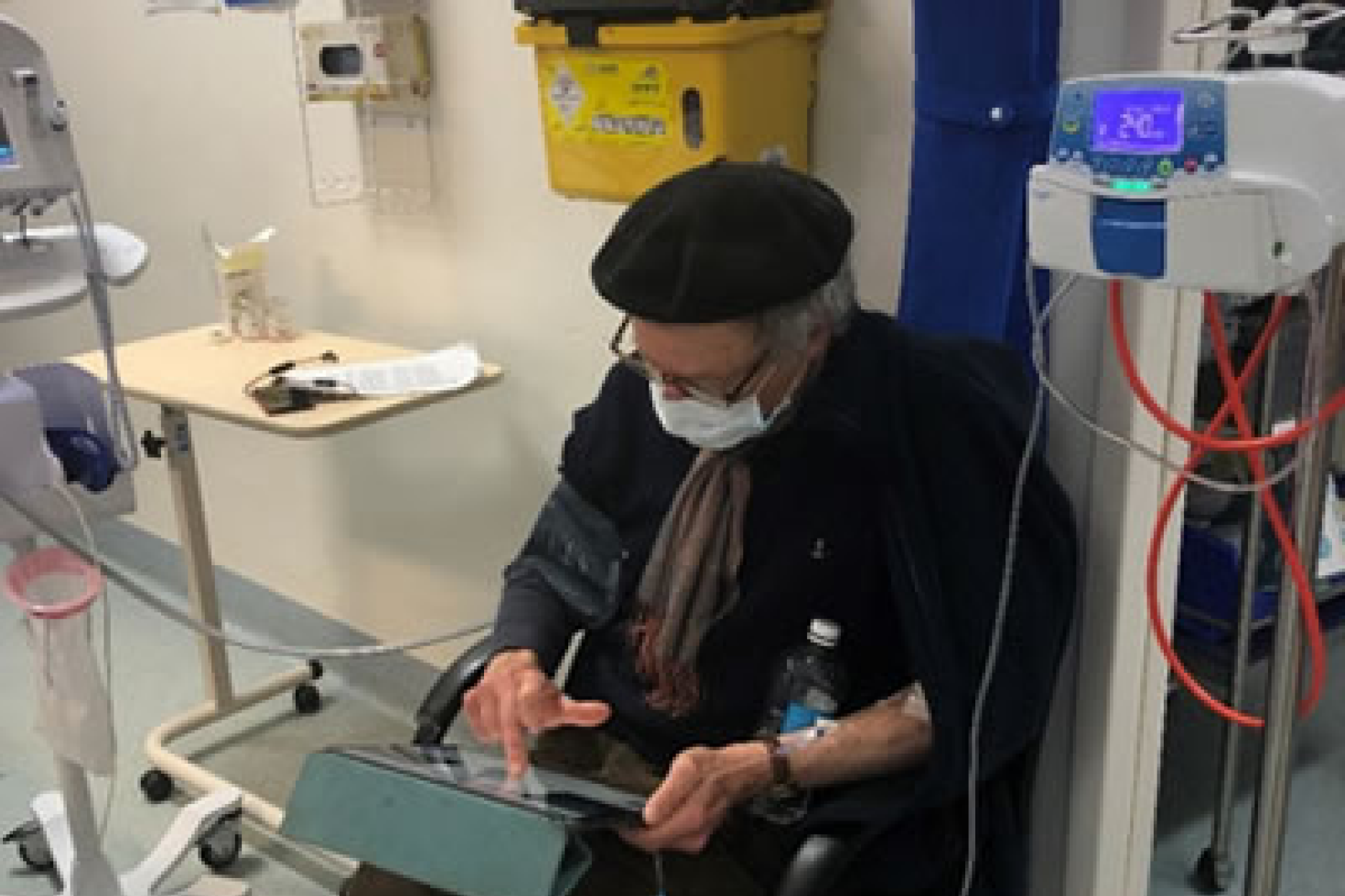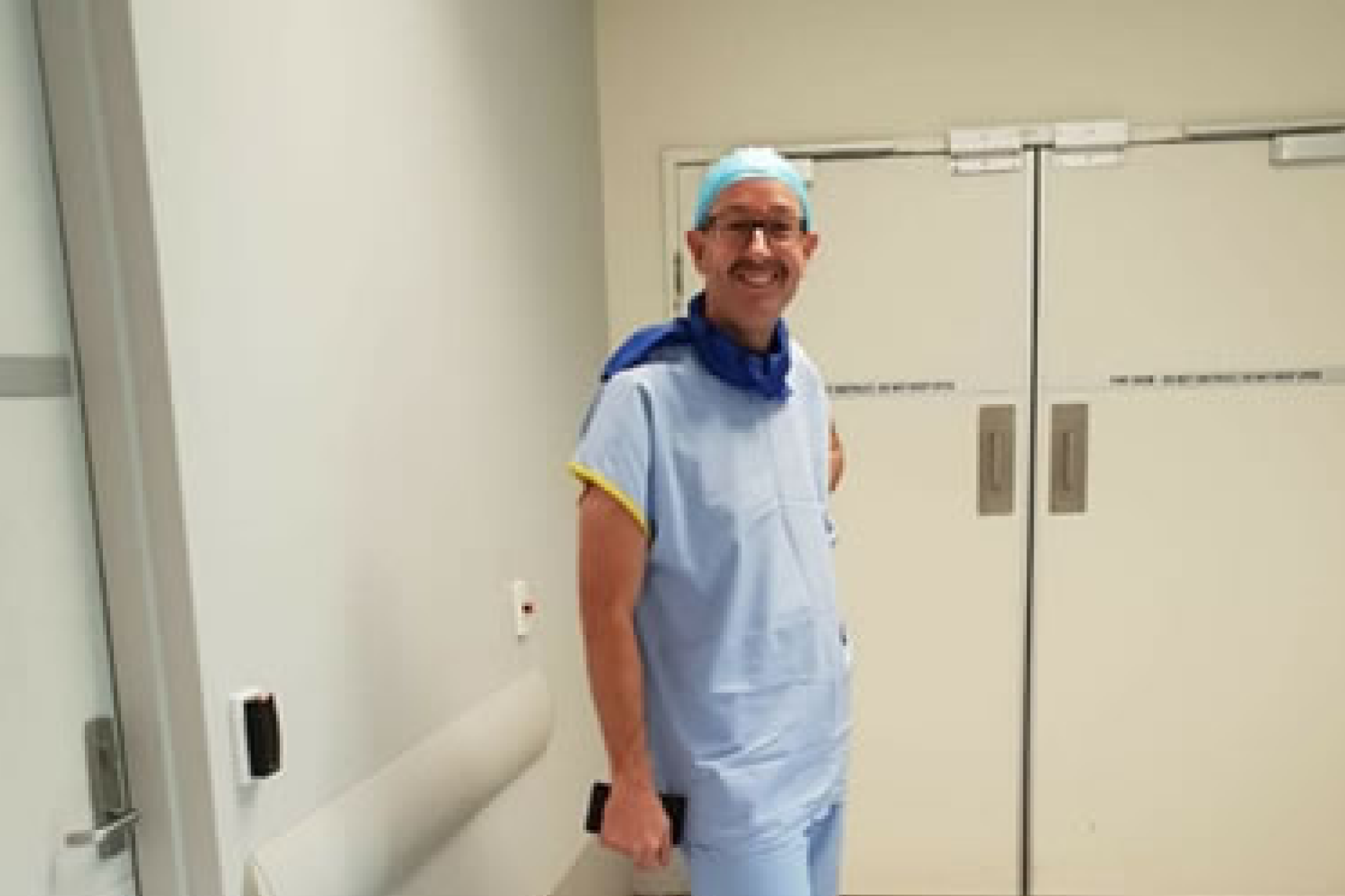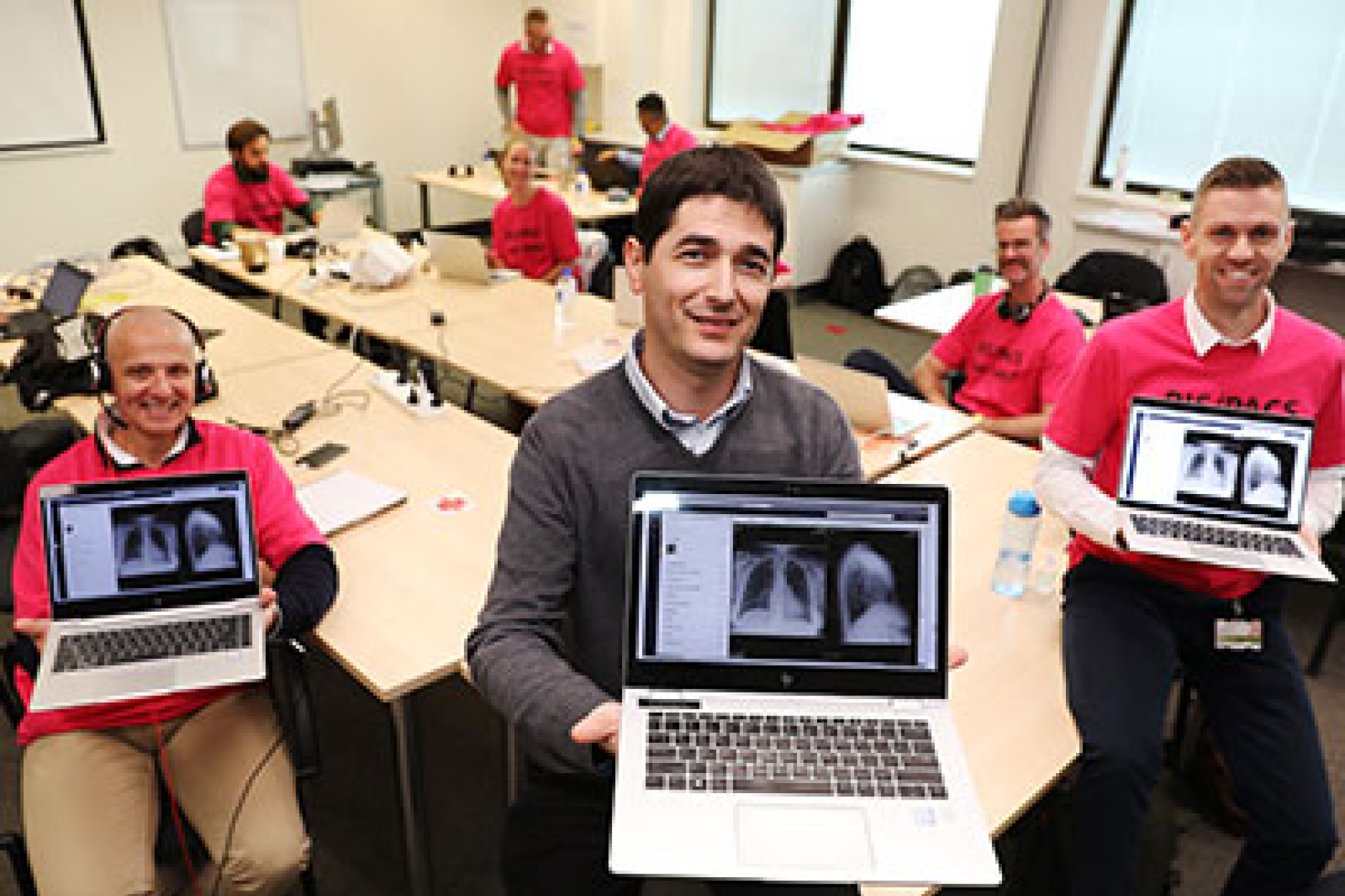One of the largest wireless network investments in NSW is giving clinicians anytime, anywhere access to digital patient records, supporting excellent healthcare for the people of the state.
Deployed across NSW Health over four years, the final stages of the wireless infrastructure build will be completed in time for Christmas – giving all 150,000 + NSW Health staff the ability to connect seamlessly via Wi-Fi.
Connectivity makes it possible for our clinical and non-clinical staff to communicate more easily, collaborate and consult in real time. It’s also helping to deliver eHealth NSW’s vision for a digitally enabled and integrated health system delivering patient-centred experiences and quality health outcomes.
Network delivers connectivity to enhance communications
The program is led by eHealth NSW’s Unified Conference, Collaboration and Wireless (CCW) team, whose Program Manager Jason Matthews says the platform is a key enabler in the delivery of modern healthcare.
“It supports an automatic and uniform wireless experience for people travelling between NSW Health facilities,” said Mr Matthews.
“Our clinicians and staff work across multiple hospitals and today, if you work at Prince of Wales and also at Westmead Hospital, you now have wireless access to the statewide network.
“Our wireless network allows staff to communicate and collaborate using Skype for Business and supports our efforts to deliver free patient Wi-Fi. Telehealth ‘use cases’ involving partner organisations are also supported through the network.”

A smart organisation is a data-driven organisation. On any given week, up to five terabytes of network traffic traverses our wireless network, providing access to state-wide services and supporting the clinical needs of hospitals, health organisations and facilities in all four corners of NSW Health.
Technology proves critical to better patient care
In her role as Group Operations Manager for Western Sydney Laboratories, Vicki Pitsiavas is based at Westmead but on any given day can be at hospitals in Blacktown, Mount Druitt or Penrith.
“Prior to Western Sydney LHD going wireless, I relied on a Telstra 4G dongle to access my work,” said Ms Pitsiavas. “Depending on where I was, network access wasn’t always available or reliable.
“Now I just open my laptop and I’m connected. Importantly, this means our clinicians can get access to their notes, share information, and consult with colleagues, no matter where they are.”
Agency for Clinical Innovation Stroke Network Manager Kate Jackson appreciates the simplicity of wireless when she’s on the move.
“As a network manager, we are required to move between multiple facilities and LHDs. Being able to open my computer and reliably connect is amazing. Historic issues of no internet access or being blocked are a thing of the past,” said Ms Jackson.
“Recently I presented at a meeting at the Ministry of Health. I accessed my presentation and speaker notes and using Skype for Business, shared my screen in a matter of seconds. Too easy,” said Ms Jackson.
Wireless network leverages infrastructure to boost performance
By design, the state-wide wireless network leverages other eHealth NSW infrastructure including the Health Wide Area Network (HWAN).
It plays an essential enabling role as a high-speed backbone for the delivery of clinical systems to hospitals and health facilities such as the electronic medical record (EMR), electronic medication management (eMeds), medical imaging and pathology reporting solutions.
With high-speed performance and built-in resilience, HWAN is self-healing. If a link goes down, another link takes over. It securely connects NSW Health with partner organisations, suppliers, providers, universities and other Health organisations across the globe.
“The investments in eHealth infrastructure that NSW Health continues to support are helping overcome the tyranny of distance that patients based in regional NSW face every day,” said Mr Matthews.
“Through new digital approaches, we are proud to be building a model health care system that leverages data and mobility.”



